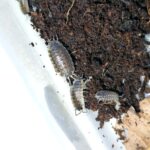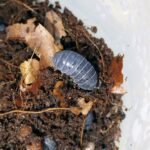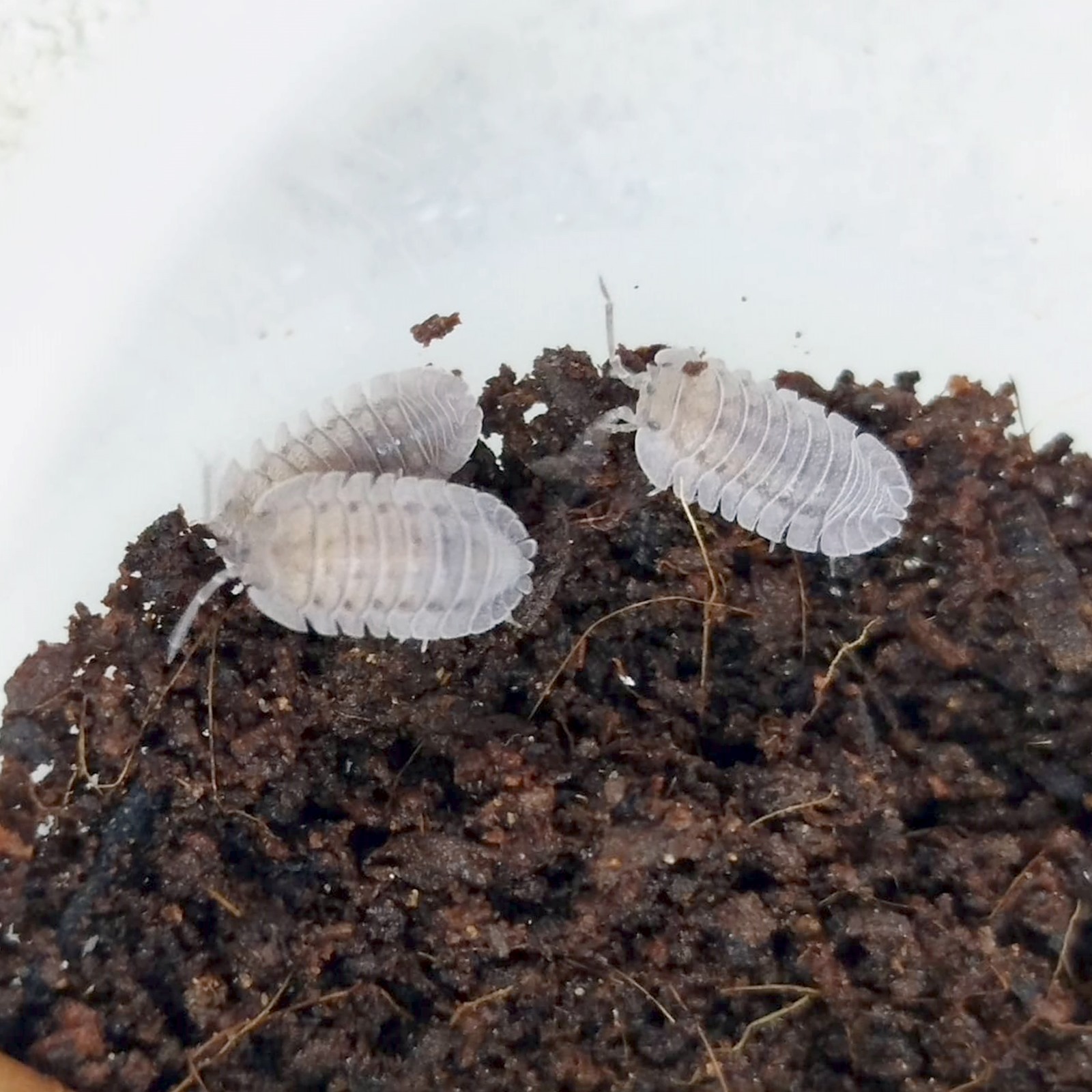
Porcellio spinicornis
0,50€ – 4,00€Price range: 0,50€ through 4,00€

Armadillidium vulgare
0,80€
Armadillidium peraccae
1,40€ – 12,00€Price range: 1,40€ through 12,00€
Discover Armadillidium peraccae! This fascinating Mediterranean isopod combines shades of grey, brown and white, with a unique ability to roll up into a ball. Perfect for terrestrial wildlife and terrarium enthusiasts. An exotic and useful touch for your ecosystem!
SKU:
N/A
Categories: Armadillidium, Arthropods, Isopods
Description
Technical Sheet: Isopod Armadillidium peraccae
Scientific Name: Armadillidium peraccae
Family: Armadillidiidae
Order: Isopoda
Class: Malacostraca
Geographic Distribution:
- Main Region: Mediterranean
- Habitat: Found in humid terrestrial environments, such as soil, leaf litter, and areas with high moisture.
Description:
- Size: Typically measures between 10 and 15 mm in length.
- Coloration: Varies, but usually appears in shades of gray or brown, with some parts of the body possibly showing a whitish tint.
- Body Structure: The body is flat and oval-shaped, with segmented armor that allows it to roll into a ball as a defense mechanism, similar to other isopods in the Armadillidium genus.
Behavior:
- Habits: Mainly nocturnal and with subterranean behavior, which helps it retain moisture and protect itself from predators.
- Diet: Detritivore, feeding on decomposing organic matter such as dead leaves and plant debris.
Reproduction:
- Reproduction Method: Sexual.
- Development: Oviparous; the female lays eggs, which are incubated in a ventral pouch (marsupium) until the young are ready to hatch.
Ecology:
- Role in the Ecosystem: Plays an important role in the decomposition of organic matter and in soil structure. Contributes to soil fertility and the regulation of microorganisms.
Additional information
| Options |
1 unit ,10 units |
|---|
Related products
Dola larvae (pachnoda)
5,00€
there is stock
Dola larvae (Pachnoda): the nutritious and easy-care solution for your pets! With their diet rich in fruits and vegetables, they are an excellent source of protein and contain virtually no fat ideal for ants, arthropods, reptiles and amphibians. Choose the best for your pets!!
Select options
This product has multiple variants. The options may be chosen on the product page
Cubaris jupiter
there is stock
5,00€
there is stock
Discover the vibrant world of miniature nature with our Porcellio laevis Orange! These charming orange isopods will add a unique splash of color to your terrarium. Easy to care for and fascinating to observe, get yours today and bring your environment to life!
Select options
This product has multiple variants. The options may be chosen on the product page
Lucihormetica verrucosa
1,50€ – 10,00€Price range: 1,50€ through 10,00€
there is stock
Discover Lucihormetica verrucosa! Unique cockroach with green bioluminescence and warty exoskeleton. Perfect for studios or hobbyists.
Select options
This product has multiple variants. The options may be chosen on the product page
Shelfordella lateralis (ex tartara)(10 units)
1,99€
there is stock
Achrioptera manga (fallax)
8,00€
Sold out
Armadillidium klugii
3,00€ – 12,50€Price range: 3,00€ through 12,50€
there is stock
Select options
This product has multiple variants. The options may be chosen on the product page























